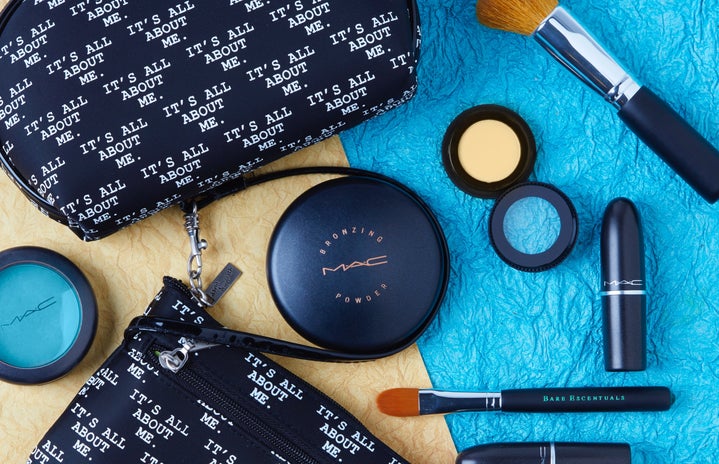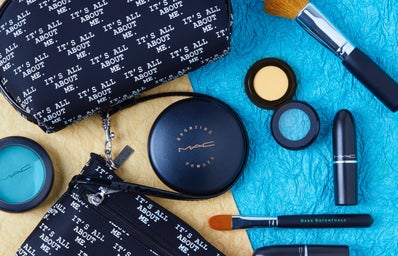“My name is Camila Canicoba, and I represent the Department of Lima. My measurements are 2,202 cases of femicide reported in the last nine years in my country.”
“My name is Juana Acevedo, and my measurements are: More than 70% of women in our country are victims of street harassment.”
“My name is Luciana Fernández, and I represent the city of Huánuco, and my measurements are: 13,000 girls suffer sexual abuse in our country.”
These are the statements of women participating in a Peruvian beauty pageant on October 31. Typically, the beginning of a pageant begins with the women giving the measurements of their waist, hip and bust size. Instead of continuing with this tradition, the women gave statistics relating to the widespread violence against women in Peru.
This planned protest involved both the contestants as well as those who oversaw the arrangement of the pageant. The only ones left in shock were the audience members. In Peru, a beauty pageant can be likened to a Sunday night football game or basketball game. Beauty pageants still pull in millions of viewers, and these women decided to use their platform to their advantage. The audience members were shocked as each woman came up and gave her ‘measurements’: facts about violence against Peruvian women.
The entire night was used to showcase disparities against women. As the beauty contestants went through the swimsuit section of the pageant, images of newspaper clippings were shown behind them all, showing a case of femicide, or abuse against women. Later, in the questionnaire part of the contest, women were asked how they would combat the issue of violence against women.
The overall idea of a beauty pageant is outdated, considering the entire point is to judge women on their beauty. That is why this form of awareness is so effective. These women took a normally objectifying platform and made it a place for women empowerment and promotion. I don’t want to argue about the idea of beauty pageants because I know that they can offer opportunities to women, like scholarships and philanthropy, but I can appreciate this well-needed twist of events.
Violence against women happens across the globe, especially in low-income countries with higher leniency laws. But what about the United States, one of the wealthiest countries in the world? Women in the U.S. experience violence every day, not statistically to the scale of the women of Peru, but it remains a problem nonetheless. Women who experience violence also experience a disruption to their lives. It becomes harder for women to continue in their education as well as for women to succeed in their jobs.
What would the women of a Miss United States pageant’s measurements be? Well, they would look a little something like this:
Measurements: Approximately one in three women in the United States experience some type of violence in their lives.
Measurements: 19.3% of women are raped at some point in their lives, and 43.9% experience sexual violence besides rape.
Measurements: It’s estimated that 15.2% percent of women have experienced an episode of stalking at some point in their lives.
What does it mean that the wealthiest country in the world can still experience such violence against over half of its population? We’ve become desensitized to the fact that women experience violence every day. A catcall here, an inappropriate touch there. That is why the Miss Peru pageant is so important. It sheds light on violence against women across the globe, and it forces us to look at ourselves and find some sort of end to this brutality.



